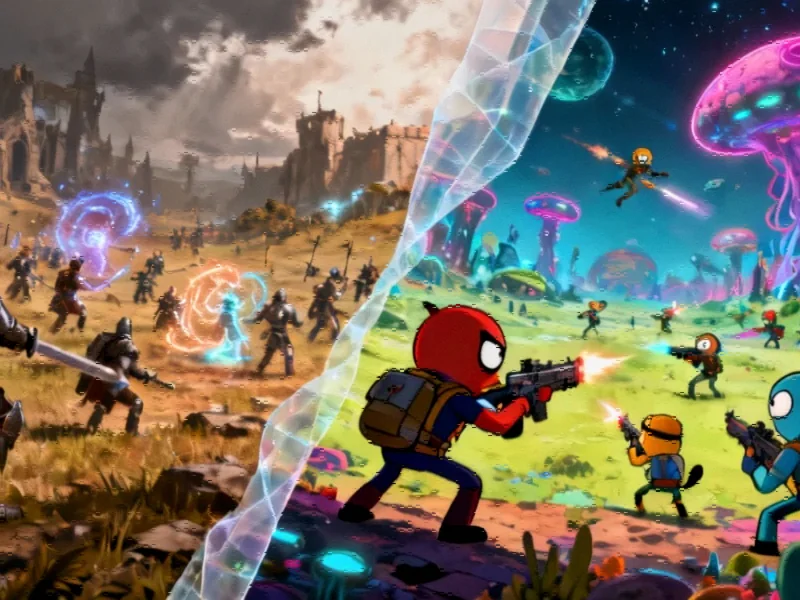According to Kotaku, Pillars of Eternity will receive a turn-based combat mode beginning November 5 for the PC version, with plans to add it in a future patch. Game director Josh Sawyer described the addition as a “big undertaking” in a video blog announcing the update, noting it was inspired by positive reception to turn-based combat in Pillars of Eternity II: Deadfire back in 2019. The development team is addressing fan criticisms of the previous implementation by increasing lethality to prevent combat from feeling slow and considering a HUD toggle for switching combat modes on the fly. Fans have responded enthusiastically, with some already demanding a sequel with Baldur’s Gate 3-level budget and ambition. This strategic evolution suggests Obsidian is carefully positioning its classic RPG for modern audiences.
The Turn-Based Renaissance in Modern RPGs
This move represents more than just a gameplay toggle—it’s part of a broader industry recalibration following Baldur’s Gate 3’s monumental success. The traditional division between real-time with pause and turn-based combat systems has been blurring for years, but Larian Studios’ blockbuster demonstrated that modern audiences have substantial appetite for deeply tactical, turn-based experiences. What’s particularly interesting is how Obsidian is approaching this: they’re not simply porting the Deadfire system, but actively refining it based on community feedback. This suggests they recognize that today’s RPG players expect polish and iteration, not just feature additions. The timing is strategic too—arriving as the gaming world anticipates Avowed’s 2025 release, this update keeps the Eora universe relevant while potentially onboarding new fans who prefer tactical combat.
The Mounting Pressure for a Pillars Sequel
The immediate fan reaction calling for a “BG3 budget” sequel reveals how dramatically expectations have shifted in the CRPG space. Where once Pillars of Eternity competed primarily with other Kickstarter-funded revivals, it now exists in a post-Baldur’s Gate 3 landscape where production values and system depth have been radically elevated. Obsidian faces a fascinating challenge: how to honor Pillars’ established identity while meeting these new benchmarks. The studio’s recent acquisition by Microsoft provides resources that could support such ambition, but also introduces corporate expectations that might not align with niche CRPG development. The community’s specific call for Josh Sawyer to helm a properly funded sequel indicates they recognize the importance of creative vision—this isn’t just about budget, but about trusted leadership.
Strategic Implications for RPG Development
Obsidian’s decision to retrofit turn-based combat into a nearly decade-old game speaks volumes about evolving development philosophies. We’re seeing a shift toward treating classic titles as living platforms rather than static products—a approach that maintains community engagement and extends commercial lifespan. This isn’t just fan service; it’s smart business in an era where back-catalog sales represent significant revenue streams. The planned HUD toggle for switching combat modes represents an ambitious technical solution that, if successful, could influence how other developers approach gameplay flexibility. More importantly, this update serves as valuable market research—Obsidian can gauge player engagement with different combat systems to inform design decisions for future Eora universe projects, including potential sequels.
The Future CRPG Landscape
Looking ahead 12-24 months, this move positions Obsidian to capitalize on the heightened interest in sophisticated RPGs. With Avowed expanding the Eora universe into first-person action and this Pillars update refining its tactical roots, the studio is effectively covering multiple gameplay preferences within the same narrative world. This diversified approach could be the new template for franchise management in the RPG space. The success or failure of this turn-based implementation will likely influence whether Microsoft greenlights a proper Pillars 3—and if so, what form it might take. Given the overwhelming success of Baldur’s Gate 3’s turn-based approach and the enduring popularity of real-time with pause among traditional CRPG fans, the ideal solution might be what Obsidian is testing here: giving players the choice rather than forcing a single combat philosophy.




